Feldenkrais and the Art of Listening
My Guest Blogger this week is the amazing Yeu-Meng from Feldenkrais Essex
The Art of Listening
Do you feel sometimes that people don’t really listen when you’re talking? They seem to have their own agenda and steer the conversation to what they want to say and not listen to what you have to say. Do you think you might have that sort of relationship with your body? Do you ever properly listen to your body as it tries to tell you what it likes/dislikes or do you impose your will on it to do as you please?
Listening to Your Body
Feldenkrais® is not only about movement. It is also about listening; listening not only to interpret the teacher’s verbal directions during an Awareness Through Movement® lesson, but listening to our body as it responds to those instructions at the same time. For example, when we reach with the arm, we listen to how we perform that movement – what is the quality of the movement, is it smooth or jerky, how far do we go easily without stretching or straining and so on. We listen not only to what is happening in our arm, but also to how other parts of us react to this movement – how does our torso support the movement, are there any ripples of movement from the pelvis or the feet, how does the movement change your contact on the floor. How does one part of us talk and relate to the other parts?
We are so used to “shouting” at our bodies. Many of us perceive of our bodies as merely a physical vehicle that transports ourselves from A to B and don’t pay much attention to it until something goes wrong. We also have the habit of compartmentalising ourselves into arms, legs, torso and head without thinking about how they ‘talk’ and relate to each other. We don’t listen to what our bodies have to tell us until they begin to “shout” back at us. Literally it means pain and discomfort, limitations in our quest to get ourselves from A to B. The most common comment I get from people is “I don’t know how that happened. My back/neck/knee/ankle suddenly went as I turned round, or bent down etc”.
An Accident Waiting to Happen
I have a theory for this. Things rarely go wrong suddenly and without warning – when something goes, it is probably because it was an accident waiting to happen through years of moving in a particular way. Perhaps we had ignored earlier warning signs – a little throb, twinge or discomfort here and there, but we dismissed those sensations because it wasn’t serious enough to take heed. Our body was trying to tell us something but we chose to disregard it.
As an Ehlers Danlos sufferer I used to put parts of myself out constantly. My back would suddenly go as I lifted my hands up to wash my hair. I remember reaching across the passenger seat in the car to retrieve my handbag – something clicked or popped in my hip joint and I was limping for weeks after that. I have not suffered from these inexplicable sudden injuries now for some years since I did the Feldenkrais training. The odd occasion when something goes, the recovery time is much quicker – it lasts for days rather than weeks or even months.
A Different Way to Achieve Core Strength
I haven’t gone to the gym to strengthen my core or my muscles, neither have I stretched to free the tightness in my neck and shoulders. I simply listen to my body as I do numerous Feldenkrais® lessons and take this learning into practical application into my everyday life. This improves the way I use myself daily and herein lies the clue for our wellbeing. It is the way we use ourselves on a daily basis that has the greatest bearing on the health of our joints and muscles. When I reach for something now, my body is probably aware of what my neck is doing, how I am shifting my weight, whether I am holding my breath etc – these are all the things that are involved in making this simple everyday movement an effortless one. Some of this is conscious, a lot of it is unconscious, and the more Feldenkrais® I do, the more unconscious this way of moving and using myself becomes as the habits of good quality movement replace the not so good ones. It is the art of listening to your body, truly listening.
We don’t expect babies to lift weights to strengthen themselves in order to learn to crawl or walk. They learn to organise themselves through sensing their skeleton through movement and their relationship to gravity. In turn, their musculature develops to support the function of crawling, walking, sitting, running and so on. I am now stronger because I am better organised skeletally, and my musculature has developed to support this. In the past, years of physical therapy did not have much effect on me as those exercises did not support how I used myself in my daily activities – it did not address the issues of how I was walking, sitting, using my arms – these were all actions which I was doing which were threatening my whole being through not being aware of healthy organised movement.
Feldenkrais® for Optimum Functioning
In short, listening to yourself and how you organise yourself to do various activities could be the key to your wellbeing , to healthy ageing or to your pain management. The next time your bend down to tie your shoe laces, turn round to talk to someone behind you, or reach up for that object on the high shelf, listen to how you are doing that movement. Develop the art of truly listening to your body before it shouts at you.
Yeu-Meng
http://feldenkrais-essex.com/feldenkrais-and-the-art-of-listening/


